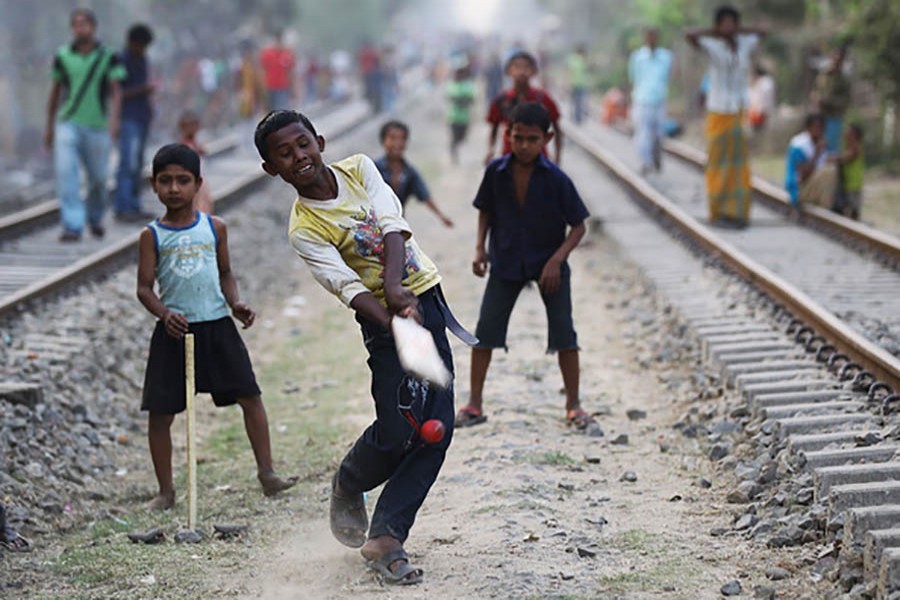A new report shows that three out of five young people in Bangladesh do not meet the WHO recommendations for daily physical activity.
The Report Card published in the Journal of Physical Activity and Health shows that only 41.4 per cent of students aged 13-17 years were physically active for at least 60 minutes per day during the seven days of the survey.
Bangladesh has participated in a global initiative to understand and report active lifestyle behaviour of its children and youth through developing the country Report Card for physical activity for the first time.
The 2018 Bangladesh Report Card on Physical Activity for Children and Youth was launched in Australia in a conference last week.
The purpose of the research paper is to summarise the results of the 2018 Bangladesh Report Card, which is a synthesis of the existing evidence of activity behaviours, available supports, and policy strategies surrounding active living in children and youth in Bangladesh, said lead researcher Asad Khan.
An associate professor of The University of Queensland, Australia, Khan is the Chairman of Active Healthy Kids Bangladesh that developed the report card in partnership with the Active Healthy Kids Global Alliance to assess trends in childhood physical activity.
The summary of the Report Card was published in the Journal of Physical Activity and Health.
High inactivity and prolonged screen-time are attributed by modern lifestyles, the urbanisation of communities, and the increasing automation of previously manual tasks.
Authors say these lifestyle behaviours are contributing to the pervasive public health problem that must be recognised as a priority in Bangladesh.
Based on this report, Bangladesh’s researchers are calling for awareness, advocacy, and the creation of supportive physical and social environments, which collectively can help shift the norm and make physical activity a part of every child’s life.
Those include creating more opportunities for active commuting, organised sports at schools, and active play at communities; establishing a national physical activity surveillance along with promotion of research through government and non-government partnerships; and developing a national policy for active lifestyle and ensure its proper implementation and monitoring are the other priorities, Asad Khan said.
Being active is not just a choice, but a way of life, he added.
“We all have a collective responsibility to address these cultural and social norms – particularly screen time – because inactive children are at risk for adverse physical, mental, social and cognitive health problems,” said Dr Mark Tremblay, President of the Alliance, in a statement.
“This generation will face a range of challenges, including the impacts of climate change, increasing globalisation, and the consequences of rapid technological change. They will need to be purposely physically active in order to grow into healthy, resilient adults who can survive and thrive in a changing world.”
Insufficient physical activity among children and youth is a global public health challenge. This is of particular concern because of the health implications of insufficient physical activity.
Low physical activity is known as one of the leading risk factors that cause non-communicable diseases or NCDs in the country.
In Bangladesh, NCDs, according to a WHO report in 2014, account for 59 per cent of total deaths. Of these, cardiovascular diseases cause the highest 17 per cent deaths followed by chronic lung diseases at 11 per cent and cancer 10 per cent.
The NCD Alliance warned that the people affected by these diseases in Asia, including Bangladesh, are younger than those affected in the rest of the world, reports bdnews24.
British medical journal The Lancet last year, ahead of World Obesity Day in October, indicated the rise in obesity rates in low and middle income countries.
In Bangladesh, it said, obesity among boys aged between 5 and 19 years was found at 3 per cent in 2016 which was only 0.03 per cent in 1975. Among girls, the rate jumped to 2.3 per cent from almost nil four decades ago at the same age group.


